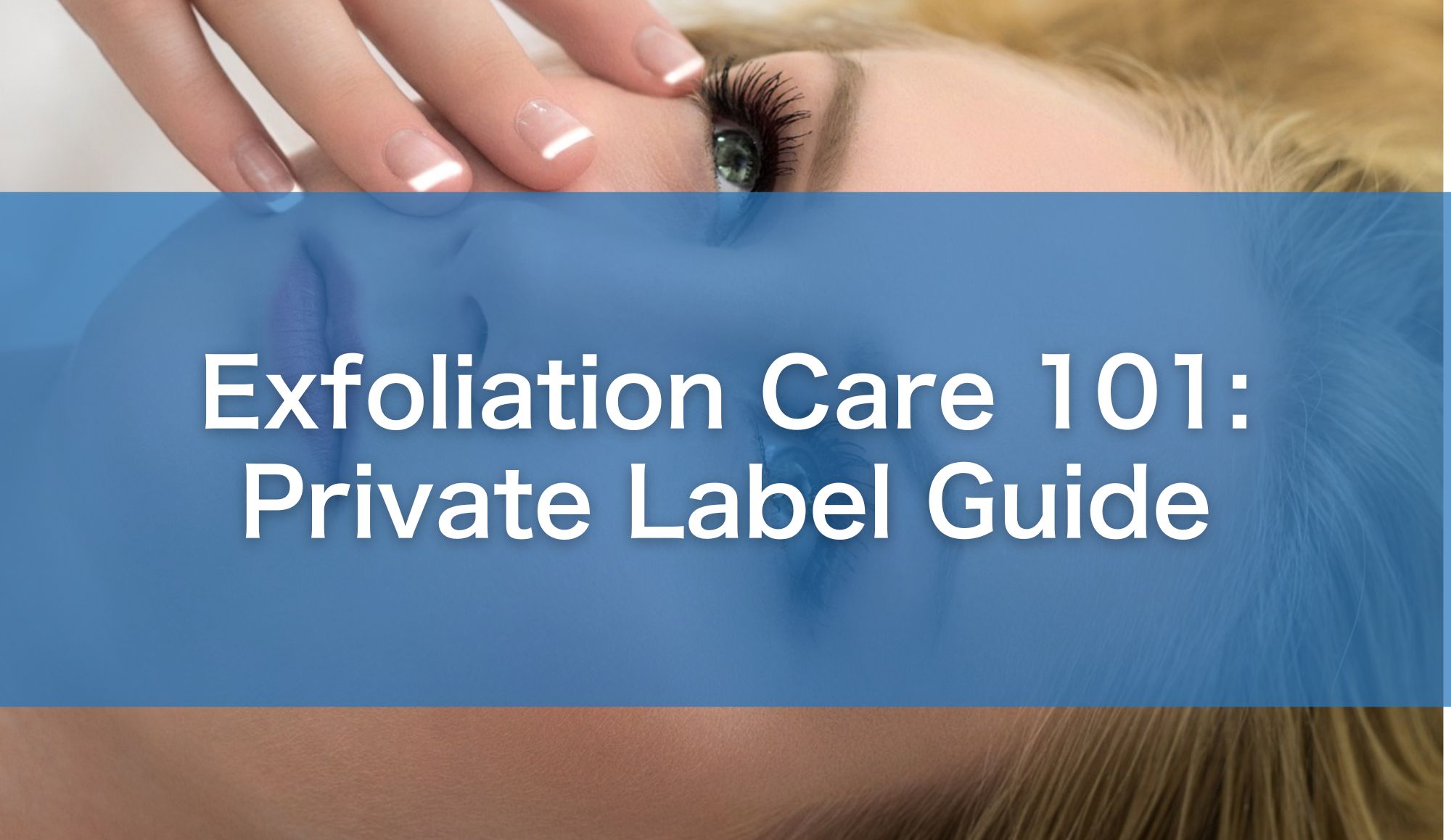Beginner’s Guide to Cosmetic Packaging for Your Own Brand

When launching a beauty or cosmetic brand, packaging plays a critical role, not only in preserving and protecting the product but also in influencing consumer purchasing decisions. Effective packaging is attractive, functional, and communicates the essence of your brand. For entrepreneurs and beginners in the beauty industry, understanding different packaging types, materials, examples, and considerations is fundamental. This guide provides comprehensive insights to help you navigate the world of cosmetic packaging successfully.
Types of Cosmetic Packaging
Cosmetic packaging plays a vital role not only in protecting the product but also in shaping brand identity and consumer experience. From the functional design of primary containers to the visual appeal of outer boxes and the choice of materials, each element contributes to the product’s performance, safety, and marketability.
Product Packaging
Product packaging refers to containers directly holding the cosmetic formulation, such as bottles, tubes, jars, or droppers. This packaging is essential as it maintains product integrity, prevents contamination, and enhances user experience. It must be designed considering usability, hygiene, and product compatibility.
Outer Packaging (Cosmetic Box)
Outer packaging, often known as secondary packaging, includes the boxes or cartons used to protect the primary packaging. It plays a crucial role in branding and marketing, providing essential information like ingredients, instructions, and branding details. Outer packaging enhances the visual appeal on shelves, significantly influencing consumer perception.
Materials of Cosmetic Packaging
Cosmetic packaging materials vary widely, with common options including plastic, glass, metal, and biodegradable alternatives:
- Plastic: Lightweight, versatile, and economical. Commonly used plastics include polyethylene (PE), polypropylene (PP), polyethylene terephthalate (PET), and acrylic.
- Glass: Premium, sustainable, and chemically inert, ideal for products needing high protection or a luxury feel.
- Metal: Primarily aluminium, metal packaging is sturdy, recyclable, and offers excellent barrier protection.
- Biodegradable and Eco-friendly Materials: Made from sustainable sources such as bamboo, paper, or cornstarch, these materials appeal to eco-conscious consumers.
Examples of Cosmetic Product Packaging
Cosmetic containers come in various forms—bottles, tubes, jars, and droppers—each tailored to specific product types and user needs. Understanding their functions, materials, and hygiene considerations helps optimize both usability and brand presentation.
Bottles
Bottles are widely used for liquids and lotions such as serums, shampoos, cleansers, and foundations. They are typically made from plastic or glass and come in various sizes, shapes, and dispensing options (pumps, sprayers, flip-top caps).
Tubes
Tubes are ideal for creams, gels, ointments, and liquid foundations. Easy to squeeze, tubes allow consumers to control the dispensing amount precisely, ensuring minimal product waste. Materials commonly used for tubes include plastic and aluminium.
Jars
Jars provide easy access to thick creams, balms, and powders. Available in glass, plastic, or metal, jars convey luxury and allow for complete product use. However, jars require careful handling to maintain hygiene, often necessitating spatulas or scoopers for application.
Droppers
Droppers are specifically designed for precise application of oils, serums, or other liquid formulations. Typically consisting of glass bottles with dropper tops, they ensure hygienic dispensing and accurate dosage.
Factors to Consider When Choosing Cosmetic Packaging
Selecting suitable packaging for your cosmetic brand involves several crucial considerations, impacting your brand’s success and customer satisfaction.
Cost
Cost is a primary consideration for startups. Budget-friendly packaging options, such as plastic, can significantly reduce expenses while maintaining adequate product protection. Conversely, premium packaging options like glass or metal can elevate brand perception, potentially justifying higher pricing strategies.
Weight
The weight of cosmetic packaging influences shipping costs, handling, and user experience. Lightweight materials like plastic or aluminum are beneficial for reducing shipping expenses, especially for e-commerce businesses. Glass, although heavier, imparts a luxurious and high-quality impression suitable for premium products.
Protection and Preservation
Product protection and preservation are essential. Packaging must prevent contamination, minimize exposure to air, light, and moisture, and maintain product effectiveness. Glass and certain plastics offer excellent barrier protection, ideal for sensitive formulations like vitamins, antioxidants, or natural extracts.
Conclusion
Choosing the right packaging for your cosmetic brand involves careful consideration of materials, product compatibility, budget, weight, and consumer preferences. Effective packaging enhances your brand’s market appeal, product protection, and customer satisfaction, significantly influencing success in the competitive beauty industry. Whether you opt for sustainable solutions, luxury glass containers, or cost-effective plastic options, aligning your packaging choices with your brand identity and values ensures long-term growth and positive consumer experiences.



